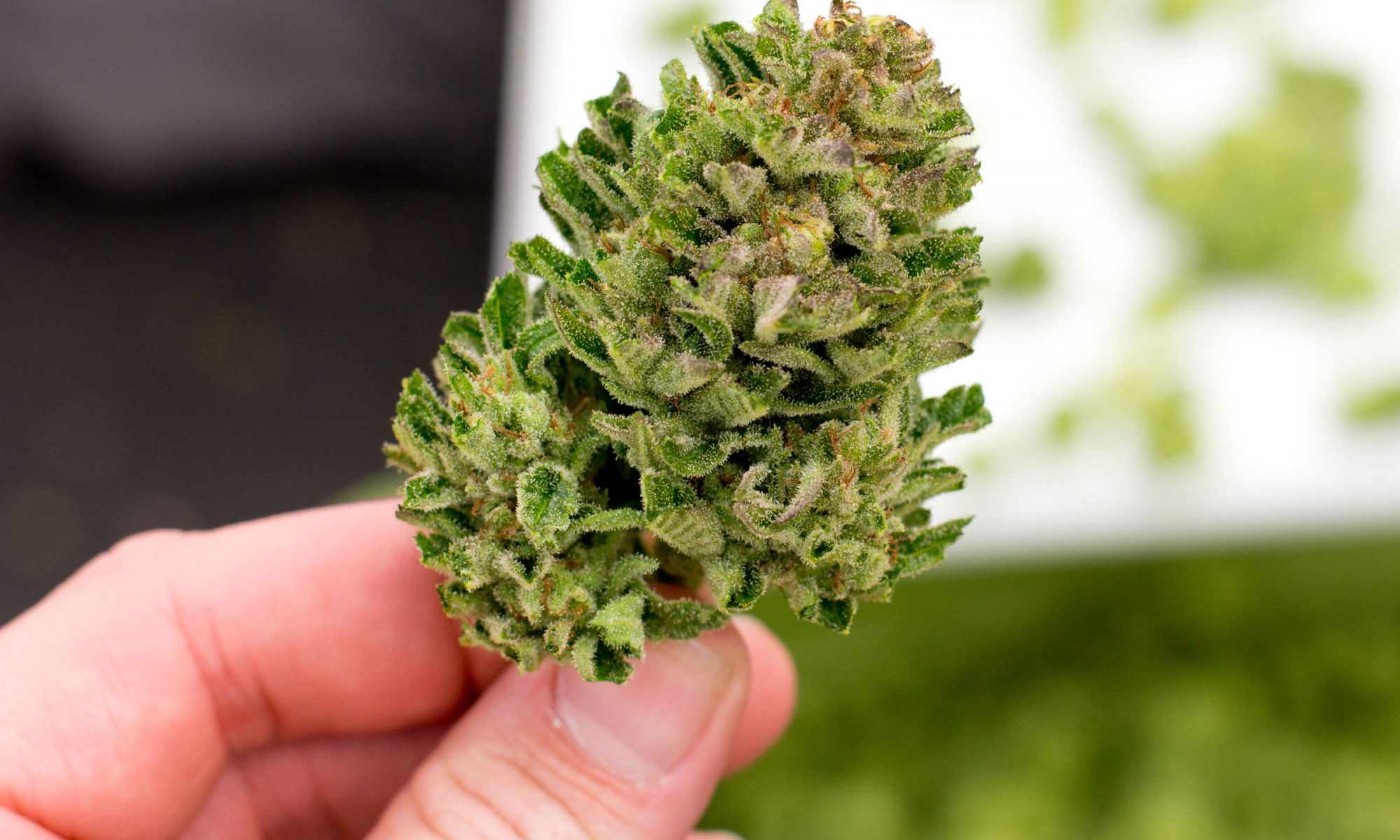Detroit voters will have an opportunity to weigh in on the region’s cannabis industry in November when newly proposed regulations appear on the local ballot.
• Amend the definition of a Drug-Free School Zone to correspond to federal and state law that requires dispensaries to be at least 1,000 feet from schools, colleges, and public libraries.
• Amend the definition of a Drug-Free School Zone to correspond to federal and state law that requires dispensaries to be at least 1,000 feet from schools, colleges, and public libraries
• Would allow dispensaries to open within 500 feet of another dispensary. They would also be allowed to open within 500 feet of exempt religious institutions where religious services are conducted regularly. The current ordinance requires facilities to be more than 1,000 feet from churches and other dispensaries.
• Would allow dispensaries to open near liquor, beer/wine stores, child care centers, arcades, and parks. The current ordinance does not allow them to be open near any of them.
• Would allow dispensaries to stay open until 9 p.m. currently, they’re required to close by 8 p.m.
More of this news at Leafly




















